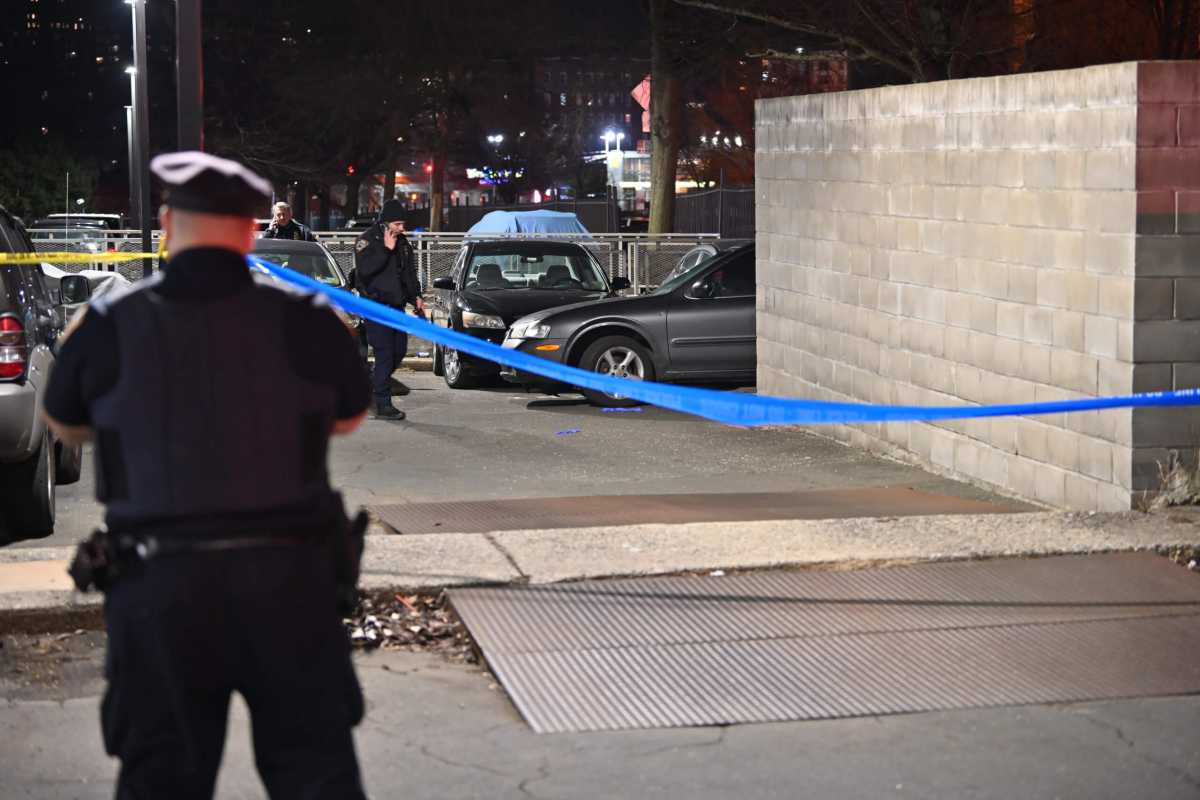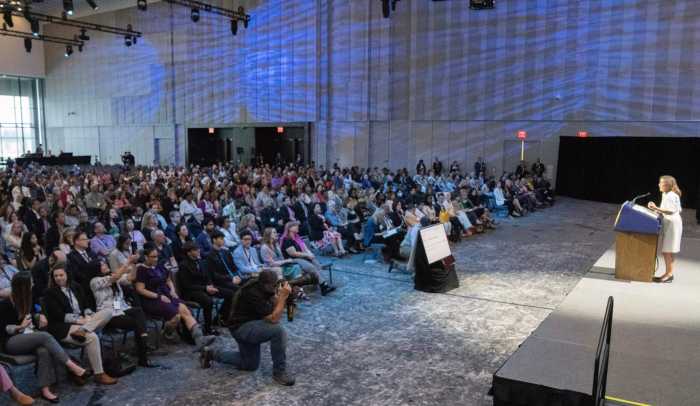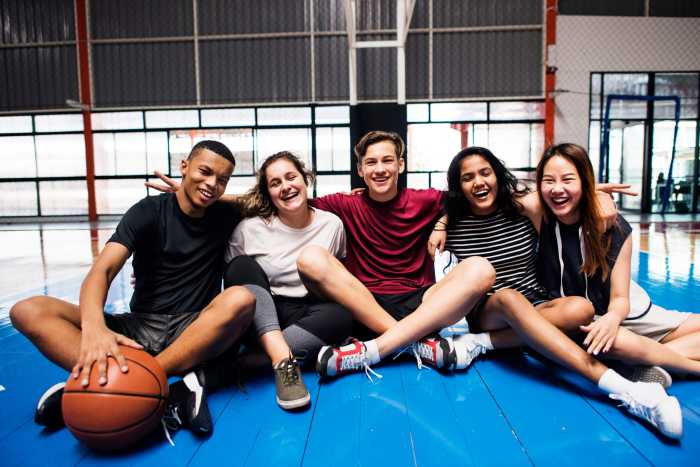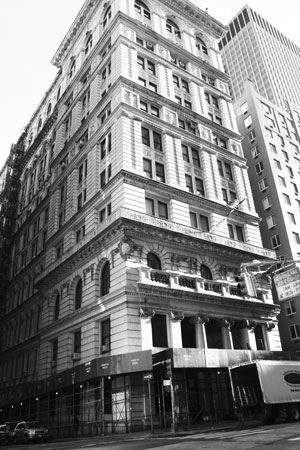At the peak of summer, rising temperatures are often accompanied by a tragic increase in deadly gun violence. Thankfully in New York City, and Manhattan, shootings and homicides continue to decrease.
As of July 30, homicides in Manhattan have decreased 8% year to date, while shootings are down even further at 18%. This is on top of a 15% reduction in homicides and 20% reduction in shootings across the borough in 2022.
This represents important and steady progress, but we have more work to do. That is why my Office announced this week a $200,000 investment in critical youth gun violence prevention programs. Through this initiative, ten community-based organizations will receive $20,000 each to identify youth aged 14-26 who are at high risk of committing or falling victim to gun violence. Organizations will pay these young people to engage in meaningful programming that makes them and their communities safer.
Traditionally, district attorneys combat gun violence through prosecution, and my office does that every day. In fact, since I took Office in 2022, we have increased our gun prosecutions by 20% and are targeting the small number of people responsible for most of the gun violence. We’ve cracked down on ghost gun manufacturers and secured numerous indictments and convictions for serious acts of gun violence, including robberies, shootings, and murders.
Prosecution is one important tool in our toolkit, but prosecution alone won’t keep our communities safe from gun violence. We must also address the underlying issues that push our youth toward guns. That starts with meeting them where they are.
Youth who are at risk of gun violence are often exposed to violence at a very young age. The trauma of those experiences, and the reality of living in dangerous neighborhoods, leads many young people to seek safety by arming themselves, and banding together with peers who share similar trauma, making further violence more likely.
Furthermore, many live in historically underserved communities that lack the educational and job opportunities of wealthier neighborhoods.
Research has shown that the cycle of trauma, fear and violence can be disrupted by integrating young people into positive, stabilizing, and supportive social networks in their own communities.
That is exactly what our grant funding seeks to achieve.
Our community-based partners have developed a wide range of programming to engage youth over the next three months, including paying participants to attend cognitive behavioral therapy, develop arts programming, start neighborhood anti-violence campaigns, and more.
Areas targeted for programming, from Inwood and Washington Heights to the Lower East Side and Chinatown, were selected using community input and analysis of gun violence trends from our own Crime Strategies Unit. Our grantee partners are deeply rooted in these neighborhoods and will connect participants to ongoing local support when the grant period ends.
This investment complements other office initiatives, including our Witness Aid Services Unit (WASU), which supports survivors of crime with counseling to address with trauma and assistance navigating the criminal justice system. Embedded in WASU is our Men of Color Program, made up of men of color counselors and advocates who support victims with whom they share similar life experiences. An astonishing 97% of shooting victims are Black or Latino, and most are male.
There is no clean dividing line between victims and those who cause harm – the person who has a gun pointed in their face on Monday may carry that trauma forward and ultimately become a defendant in one of our cases.
That is the cycle of violence we are seeking to interrupt through programming such as WASU and our gun violence prevention grants. Young people at risk of gun violence are not just problems to be contained and managed by the criminal justice system. They are New Yorkers, deserving of care, connection, and opportunities to achieve their full potential. By investing in their futures, we make them, and all of us, safer.






































